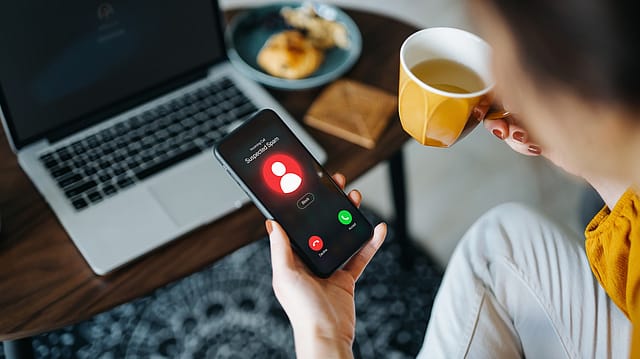TRAI floats consultation paper to regulate OTT services, their ‘selective’ banning
ADVERTISEMENT

The Telecom Regulatory Authority of India (TRAI) has floated a "consultation paper" on regulatory mechanisms for over-the-top (OTT) communication services like WhatsApp, Zoom, and Google Meet, and their "selective banning".
In its latest consultation paper, the telecom regulator has sought suggestions from stakeholders on regulating these services considering their huge popularity in India. The regulator has also sought views on "selective banning" in cases where they could be misused for anti-national activities.
The telecom service providers in India need a telecommunication service license under Section 4 of the Indian Telegraph Act, of 1885, to offer telecommunication services to consumers via telecommunication networks. On the other hand, the OTT "communication service providers offer voice call, and messaging and video call services similar to the services provided by TSPs, without any such license", TRAI argues.
The telcos are regulated by several laws, including the Indian Telegraph Act, 1885, the Wireless Telegraphy Act, 1933, and the Telecom Regulatory Authority of India Act, of 1997. However, "presently none of these obligations are applicable to OTT service providers", it adds.
January 2026
Netflix, which has been in India for a decade, has successfully struck a balance between high-class premium content and pricing that attracts a range of customers. Find out how the U.S. streaming giant evolved in India, plus an exclusive interview with CEO Ted Sarandos. Also read about the Best Investments for 2026, and how rising growth and easing inflation will come in handy for finance minister Nirmala Sitharaman as she prepares Budget 2026.
TRAI says the shutdown of telecommunications or internet services can have significant ramifications for a country’s economy. "It also disrupts critical services such as education and healthcare. Consequently, such shutdown affects the life and livelihood of the citizens of the country".
For these reasons, "selective banning of specific OTT applications and websites" etc., which are likely to be used by the "terrorists or anti-national elements" to ferment trouble in the specified regions, appears to be “preferable” as compared to complete internet shutdown, the regulator says.
The regulator says the websites that use dynamic IP addresses and are hosted on cloud servers, can pose a challenge to conventional methods of blocking. "In such situations, alternative methods may be necessary to effectively control internet filtering. Advanced techniques can be employed to identify and block access to such websites."
It also opines that there may be scenarios where the targeted websites use Hypertext Transfer Protocol Secure (https) protocol, which provides encryption and security for websites, making it difficult for service providers to block content on these sites.
However, there are still ways to block or filter content at a network level, such as using a firewall or content-filtering software. "As far as area-specific barring is concerned, it also needs to be carried out at network level, for which effective methods are required to be worked out."
India is currently the world’s second-largest telecommunications market. As on March 31, 2023, there were 1.172 billion telephone subscribers in the country.
After 2012, Trai says internet services, particularly broadband internet services, have seen "remarkable growth" in the country. The broadband subscriber base in the country leapfrogged by 55 times from 15 million in December 2012 to about 832 million in December 2022, recording the CAGR of the broadband subscriber base by 49% during the decade.
TRAI says the OTTs hugely impacted the telecommunication ecosystem worldwide in the past decade. In India, initial attempts to analyse the impact of OTT services were made in 2015 by TRAI and the Department of Telecommunications (DoT), but the consultation process started earlier remained inconclusive. The DoT also issued ‘Net Neutrality DoT Committee Report’ in May 2015, which examined the OTT services, and their impact.
